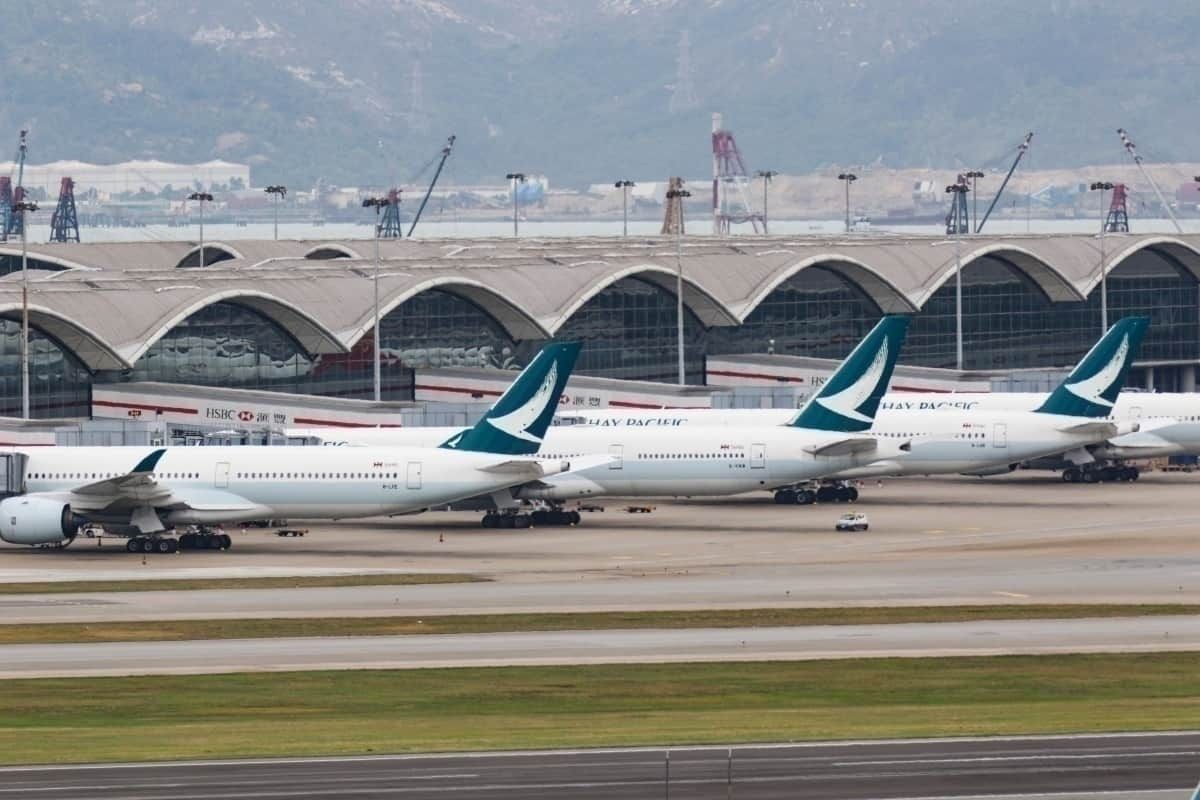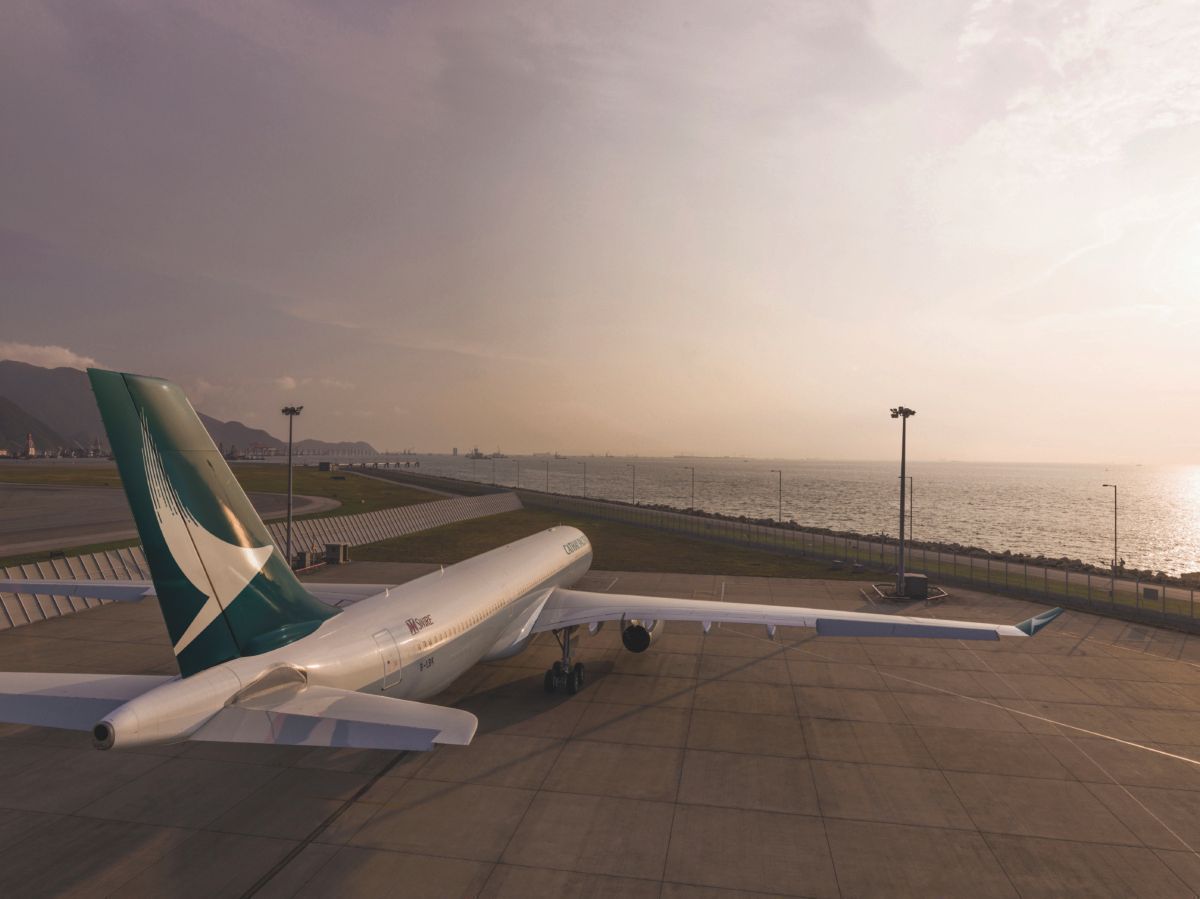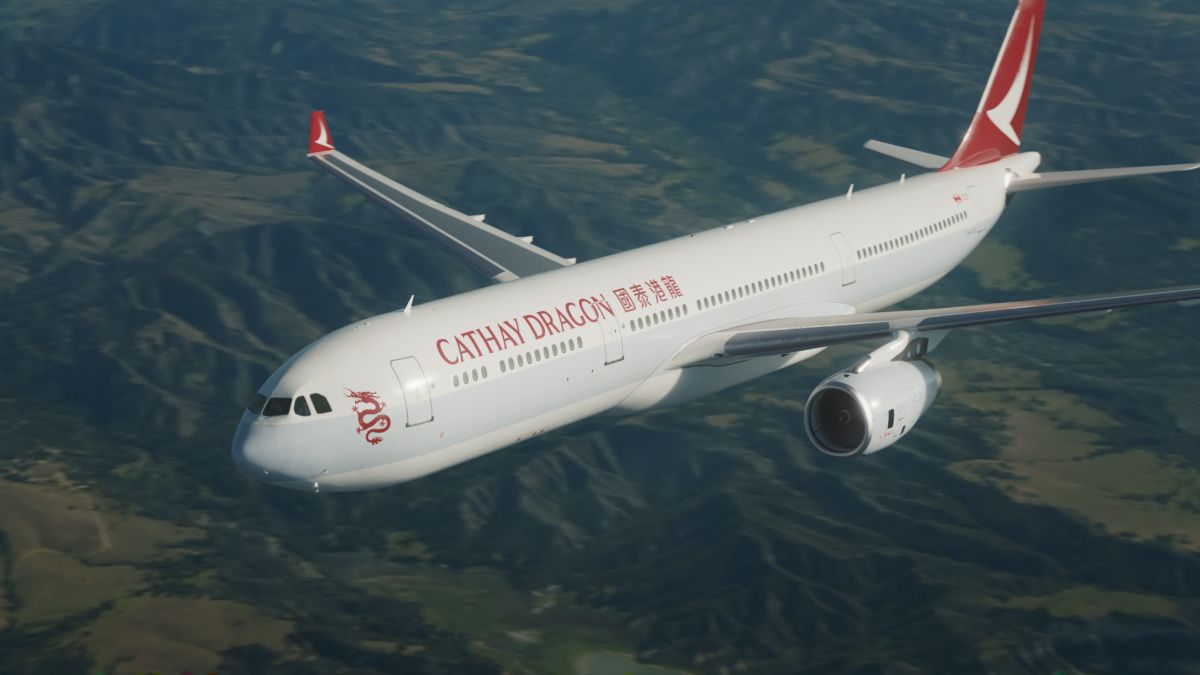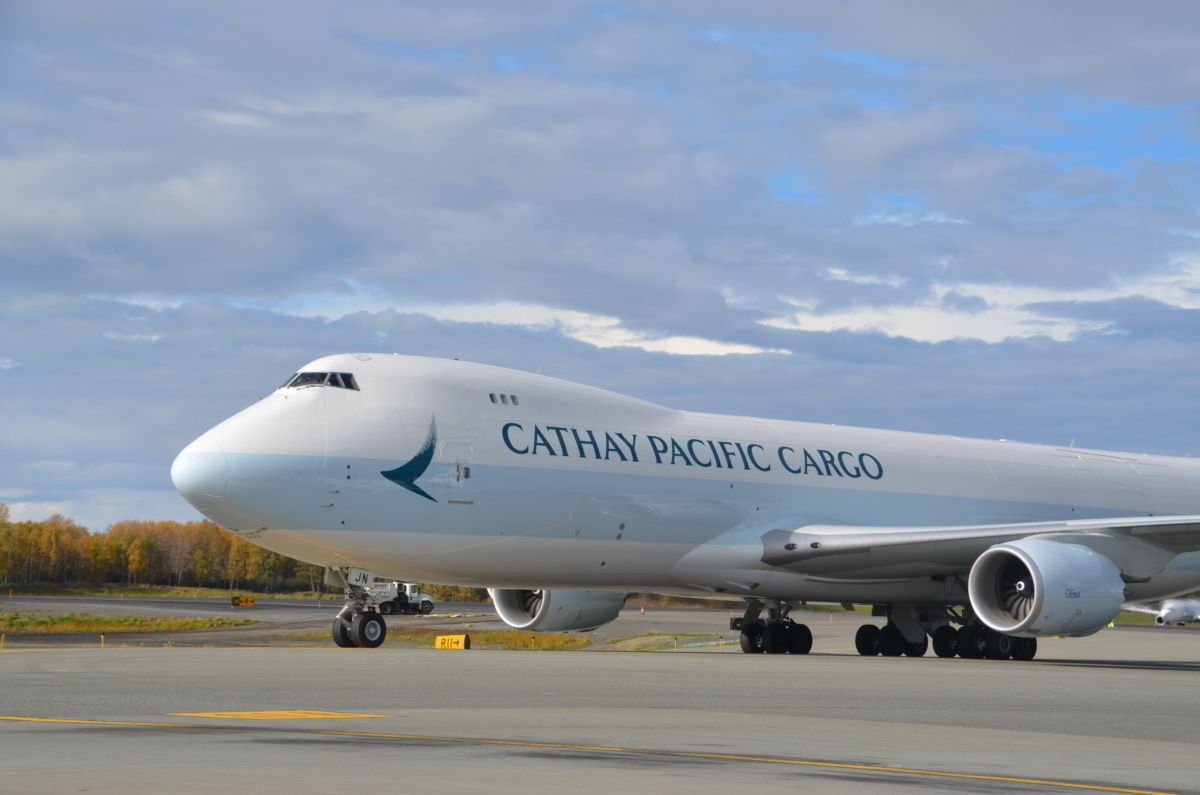Passenger numbers through Hong Kong International Airport were down 99.5% in April compared to the previous year. Blaming the pandemic for a severe impact on passenger traffic, the sharply declining numbers of passengers adds to the longer-term woes facing what was once one of the region's busiest and most vibrant airports.
Aircraft and passenger numbers crash at Hong Kong Airport
The airport saw just 32,000 passengers and 9,445 flight movements in April. In contrast, Hong Kong Airport handled 71.5 million passengers in 2019. There were 419,730 flight movements in the same year.
And 2019 was a tough year for the airport. Both it and Hong Kong suffered from rolling pro-democracy protests that saw the airport occupied and tourist traffic drop.
But it proved to be a halcyon year compared to the present. In the four months to the end of April 2019, Hong Kong Airport saw 141,388 aircraft movements, and 25,188,141 passengers pass through the airport. In the four months to April 2020, there were 72,807 aircraft movements and just 8,187,506 passengers through the airport.
The bulk of activity at the airport this year was in January. Some 5,701,788 (or 69%) of the 8,187,506 passengers who've passed through Hong Kong Airport this year did so in January. Some 33,226 (or 45%) of the 72,807 aircraft movements this year were in January.
Over the following three months, both aircraft movements and passenger numbers at Hong Kong Airport dived to the present figures.
Passenger numbers at the airport really crashed when Hong Kong banned transfer and transit activity in late March and stopped non-Hong Kong residents coming from overseas countries.
Local airlines also feeling the strain
It isn't only the airport feeling the pinch. Carriers based there, including Cathay Pacific and Cathay Dragon, are under strain. In April, Cathay Pacific cut its capacity by 97%.
“The COVID-19 pandemic continues to impact us in an unprecedented way," said Cathay Pacific Group Chief Customer and Commercial Officer Ronald Lam last week.
Cathay Pacific and Cathay Dragon combined carried just 13,729 passengers in April, a decrease of 99.6% on the previous year.
“We operated only a bare skeleton passenger flight schedule serving just 14 destinations in April. Passenger demand continued to fall during the month, and we carried fewer than 500 passengers per day only," said Mr Lam.
Freight holding up, proves a bright spot
One of the few bright spots for Hong Kong Airport is freight. Usually, one of the world's busiest airport freight hubs, freight has dropped but not as catastrophically as passenger traffic and commercial airline movements.
In April, freight throughput was down 14.3% on the previous year to 338,000 tonnes. The airport says this was because of a 51% decline in transhipments. But direct exports were up by 4% on the previous year, mostly because of demand from North America.
"The demand for air cargo has remained relatively strong, especially for commodities related to COVID-19 prevention, including face masks and other medical supplies, as well as consumer electronics," said Cissy Chan, Executive Director, Commercial of Hong Kong's Airport Authority.
Cathay Pacific says overall tonnage uplift in April dropped by almost a third compared to March. But the airline says it is still carrying a significant amount of freight, including medical supplies. As with other airlines, freight, the previous poor relation of the aviation world, is now proving a lifeline for Cathay Pacific and Hong Kong Airport.
It's likely to stay like this for a time. Cathay Pacific's Ronald Lam said on Friday;
“This is the biggest challenge to aviation we have ever witnessed. We are evaluating all aspects of our business to ensure that we remain strong and competitive when we emerge from this crisis. The world has changed dramatically over the past few months, and it is imperative that we do everything in our ability to adapt to this new world in order to secure our future within it.”




